Mali, a landlocked country located in West Africa, is renowned for its rich cultural heritage, diverse landscapes, and historical significance. Home to the legendary cities of Timbuktu and Gao, Mali offers a unique blend of ancient traditions and modern influences. With its vast desert expanses, fertile river valleys, and vibrant communities, Mali is a destination that captivates the hearts of those who venture into its depths.
Table of Contents
Geography
Mali covers an area of approximately 1,240,192 square kilometers, making it the eighth-largest country in Africa. The country is characterized by diverse geographical features, including the expansive Sahara Desert in the north, the Niger River which flows through the country, and the fertile regions of the South.
The Sahara Desert dominates Mali’s northern region, featuring endless dunes, rocky plateaus, and unique rock formations. The Niger River, one of Africa’s major rivers, runs from the southeast to the southwest, providing vital water resources for agriculture and transportation. The river is surrounded by lush vegetation, creating a stark contrast to the arid landscape of the north.
Mali is bordered by Algeria to the north, Niger to the east, Burkina Faso and Côte d’Ivoire to the south, and Guinea and Senegal to the west. This strategic location has made Mali a historical crossroads for trade, culture, and migration.
States of Mali
Mali is divided into ten regions and one capital district. The regions in Mali are often referred to as “states” in a broader sense. Here are the ten regions and the capital district:
| No. | Region |
|---|---|
| 1 | Kayes |
| 2 | Koulikoro |
| 3 | Sikasso |
| 4 | Ségou |
| 5 | Mopti |
| 6 | Timbuktu |
| 7 | Gao |
| 8 | Kidal |
| 9 | Ménaka |
| 10 | Taoudénit |
| 11 | Bamako – Capital District |
History
Mali has a rich and complex history that dates back to ancient times. The region was home to several powerful empires, including the Ghana Empire, which flourished between the 4th and 13th centuries. The Ghana Empire was a center of trade and culture, particularly in gold and salt.
In the 13th century, the Mali Empire emerged, reaching its peak under the reign of Mansa Musa (1312-1337). Mansa Musa is famous for his pilgrimage to Mecca, which showcased the immense wealth of the empire and contributed to its cultural and intellectual prominence. Timbuktu, a key city in the empire, became a center for trade, learning, and scholarship, attracting scholars and merchants from across the Islamic world.
Following the decline of the Mali Empire in the 15th century, the Songhai Empire rose to prominence, furthering Mali’s historical legacy. The city of Gao became the capital of the Songhai Empire, and Timbuktu continued to flourish as a cultural and intellectual hub.
Colonization in the 19th century brought significant changes to Mali. The French established control over the region and incorporated it into French West Africa. Mali gained independence from France on September 22, 1960, and became a sovereign nation. However, the country has faced various challenges since independence, including political instability and social issues.
Top Ten Must-Visit Destinations
1. Timbuktu

Timbuktu is one of the most famous cities in Mali, known for its rich history and cultural heritage. Once a thriving center of trade and learning, Timbuktu is home to ancient mosques, libraries, and manuscripts. The Djinguereber Mosque, built in the 14th century, is a UNESCO World Heritage site and a testament to the city’s architectural splendor.
2. Bamako
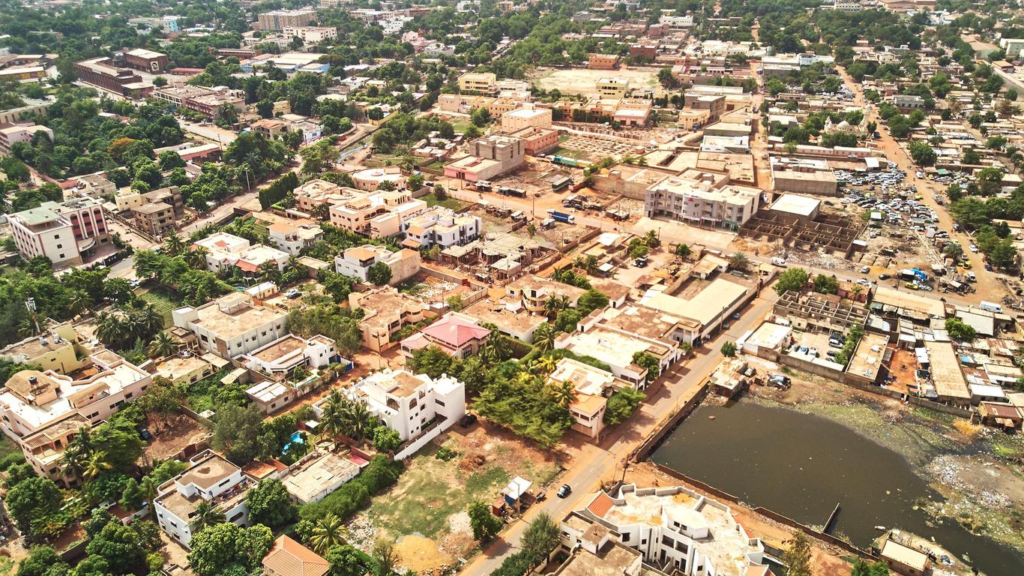
Bamako, the capital city of Mali, is a vibrant urban center that offers a mix of modernity and tradition. Visitors can explore the National Museum of Mali, which showcases the country’s rich cultural heritage through artifacts, art, and exhibits. The bustling markets, such as the Bamako Grand Market, provide a taste of local life and opportunities for shopping.
3. Gao

Gao, situated along the Niger River, is another historically significant city in Mali. Once the capital of the Songhai Empire, Gao is home to the Tomb of Askia, a UNESCO World Heritage site and an impressive example of Sudano-Sahelian architecture. The city also serves as a gateway to exploring the Niger River and its surrounding landscapes.
4. Dogon Country

Dogon Country, located in the Bandiagara Escarpment, is famous for its unique cultural heritage and breathtaking landscapes. The Dogon people are known for their intricate cliffside villages, traditional rituals, and remarkable artistry. Hiking through this region offers stunning views and opportunities to learn about the Dogon culture.
5. Mopti
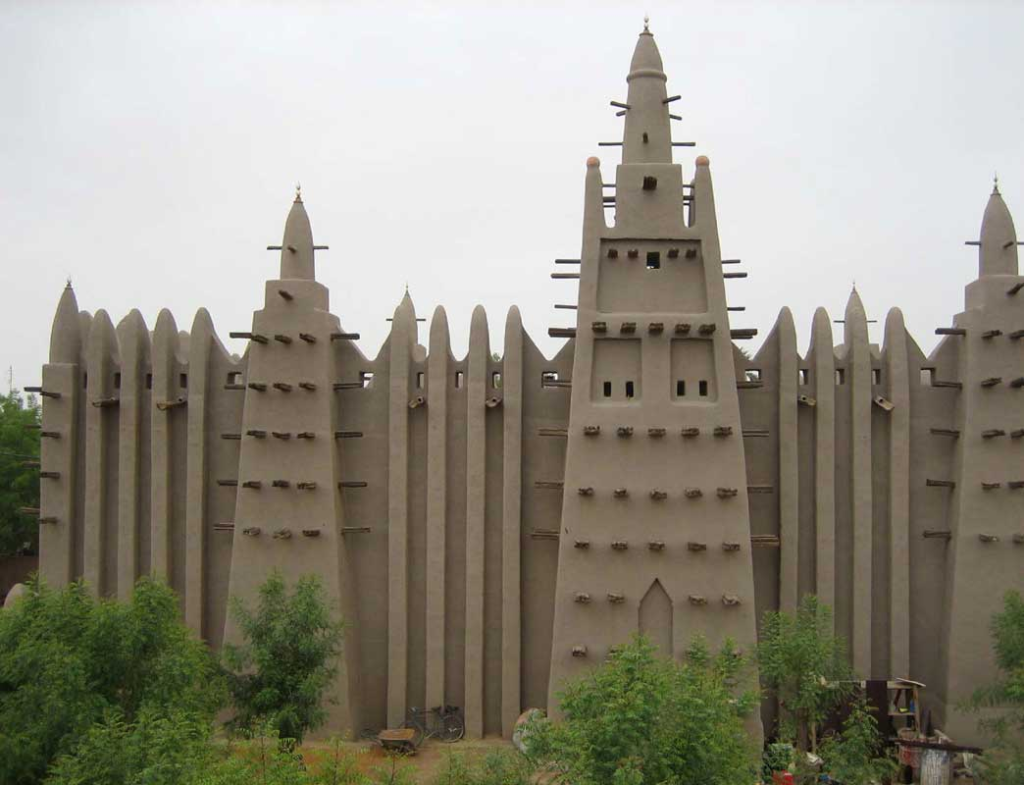
Mopti, often referred to as the “Venice of Mali,” is a bustling town situated at the confluence of the Niger and Bani Rivers. The town is known for its vibrant markets, traditional wooden boats, and the lively atmosphere along the riverside. Visitors can explore the Great Mosque of Mopti, which is an excellent example of traditional Malian architecture.
6. Sikasso

Sikasso, located in the southern part of Mali, is known for its agricultural significance and beautiful landscapes. The town is surrounded by lush fields and hills, making it a picturesque destination. The Fort of Sikasso, a historical site, offers insights into the region’s colonial past and is a popular spot for visitors.
7. Nioro du Sahel

Nioro du Sahel is a historical town with a rich cultural heritage. It is known for its vibrant markets and traditional architecture. The town serves as a hub for trade and commerce, providing visitors with an authentic experience of local life and culture.
8. Koro
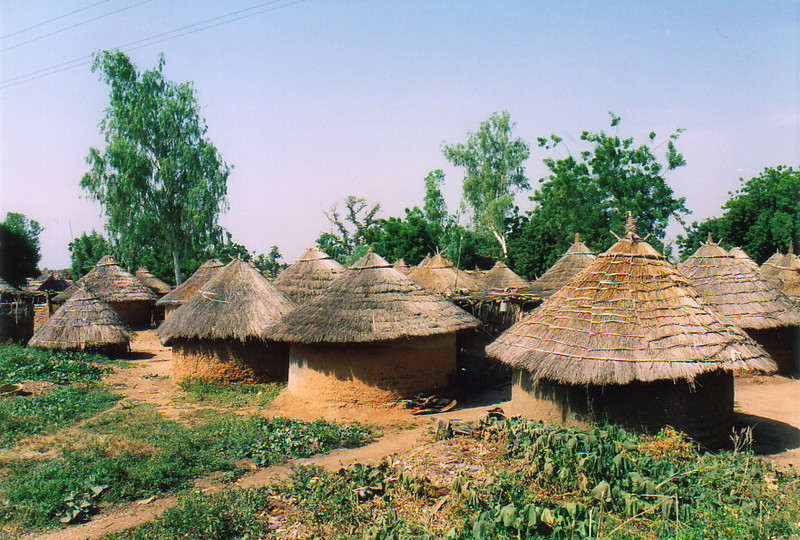
Koro is a charming town located near the border with Burkina Faso. The town is known for its friendly locals and traditional crafts, including pottery and weaving. Visitors can engage with local artisans and experience the warmth of the community while exploring the beautiful landscapes.
9. Djenné
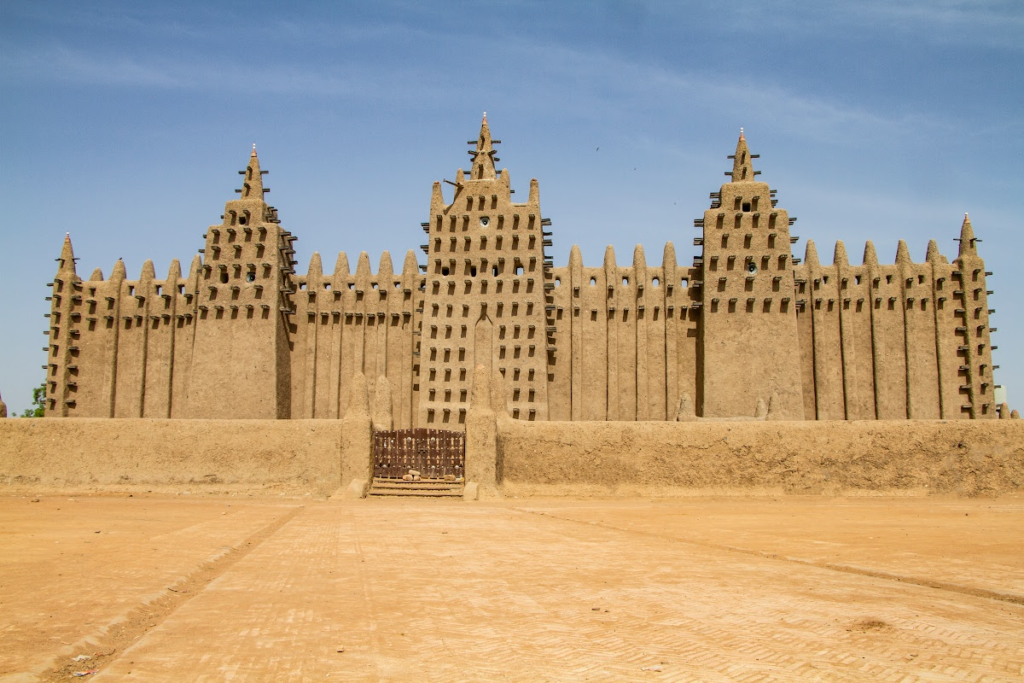
Djenné is famous for its mud-brick architecture, particularly the Great Mosque of Djenné, which is a UNESCO World Heritage site. The town is a vibrant center of culture and commerce, known for its bustling market and traditional crafts. Visitors can explore the unique architectural style and experience the lively atmosphere of the town.
10. Bandiagara Escarpment

The Bandiagara Escarpment is a stunning natural formation that offers breathtaking views and rich cultural heritage. The area is home to the Dogon people, known for their unique traditions and cliffside villages. Hiking through the escarpment provides an opportunity to explore the diverse landscapes and learn about the local culture.
Culture
Malian culture is a vibrant tapestry woven from its diverse ethnic groups, languages, and traditions. The country is home to several ethnic communities, including the Bambara, Tuareg, Dogon, and Songhai, each contributing to the rich cultural mosaic. The official language is French, but many local languages, such as Bambara, Songhai, and Tamasheq, are widely spoken.
Music is an integral part of Malian culture, with various traditional genres, including griot music, which is performed by hereditary musicians and storytellers. Instruments such as the kora (a 21-string harp) and djembe (a hand drum) are commonly used in performances. Malian music has gained international recognition, with artists like Salif Keita and Oumou Sangaré bringing the country’s rich musical heritage to the global stage.
Mali is also known for its traditional crafts, including textiles, pottery, and leatherwork. The colorful bogolanfini (mud cloth) is a traditional fabric made by the Bambara people, often used in clothing and home decor. Artisans create intricate designs that tell stories and convey cultural meanings, showcasing the creativity and skill of Malian craftspeople.
Festivals
Mali hosts a variety of festivals throughout the year, celebrating its rich cultural heritage and community spirit. One of the most significant events is the Festival in the Desert, held annually in the Sahara. This vibrant festival features traditional music, dance, and cultural performances from various ethnic groups, showcasing the diversity of Malian culture.
Another important festival is the Sikasso Festival, which celebrates the region’s agricultural heritage and features traditional music, dance, and culinary delights. The festival attracts locals and visitors alike, providing an opportunity to experience the warmth and hospitality of the Malian people.
The Timbuktu Festival on the Niger is another notable event, celebrating the rich cultural heritage of the city. The festival features performances by local musicians, artists, and dancers, highlighting the artistic traditions of Timbuktu and its surrounding regions.
Economy
Mali’s economy is primarily based on agriculture, mining, and livestock. Agriculture employs a significant portion of the population, with crops such as millet, sorghum, and cotton being cultivated in the fertile regions along the Niger River. The country’s agricultural production is crucial for food security and livelihoods.
Mining is another key sector, with Mali being one of Africa’s largest gold producers. Gold mining contributes significantly to the country’s export revenues and economic growth. The government is also working to promote tourism as a vital source of income, capitalizing on Mali’s rich cultural heritage and natural beauty.
Cuisine
Malian cuisine is a reflection of its diverse cultures and agricultural resources. The staple food is couscous, made from millet or sorghum and served with various sauces and vegetables. Jollof rice, a popular dish made with rice, tomatoes, and spices, is commonly enjoyed during celebrations and gatherings.
Tiguadege Na is a traditional dish made from rice and meat, often seasoned with local spices. Fried plantains and steamed vegetables are commonly served as side dishes. Meals are typically communal, emphasizing the importance of sharing food and fostering connections among family and friends.
Top Eight Most Famous Food
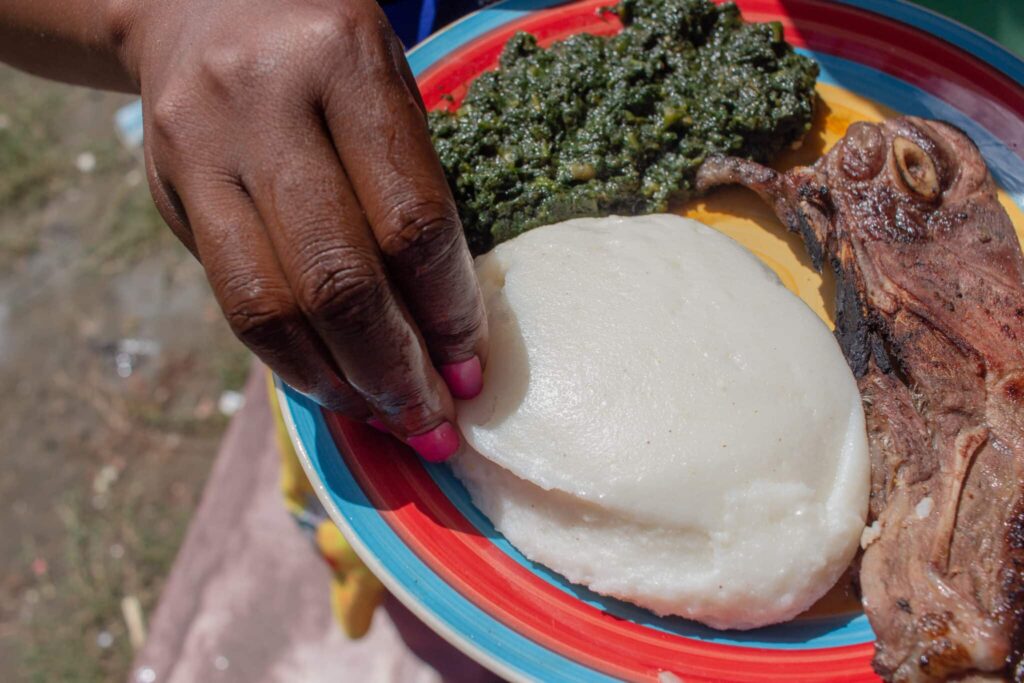

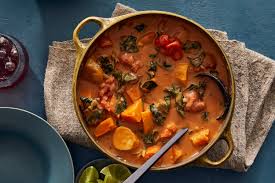
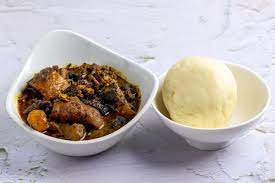




Interesting Facts
- Mali is home to Timbuktu, once a major center of trade and learning in the medieval world.
- The Niger River is one of Africa’s major rivers, providing vital resources for agriculture and transportation.
- Mali’s Great Mosque of Djenné is the largest mud-brick building in the world and a UNESCO World Heritage site.
- The Bandiagara Escarpment is famous for its unique rock formations and cliffside villages of the Dogon people.
- Mali is one of the top gold producers in Africa, with gold mining playing a significant role in its economy.
- The country’s official language is French, but many local languages, such as Bambara and Tamasheq, are widely spoken.
- Mali hosts the Festival in the Desert, showcasing traditional music and culture from various ethnic groups.
- Salif Keita, a famous Malian musician, is known as the “Golden Voice of Africa.”
- The Dogon people are known for their unique cosmology and elaborate traditional rituals.
- Mali’s population is diverse, with over 15 ethnic groups, each contributing to the country’s rich cultural heritage.
Conclusion
Mali is a country steeped in history, culture, and natural beauty. From the ancient city of Timbuktu to the stunning landscapes of Dogon Country, Mali offers a wealth of experiences for travelers and history enthusiasts alike. Its vibrant traditions, music, and art reflect the resilience and creativity of its people. Despite facing challenges, Mali continues to captivate the hearts of those who seek to explore its rich tapestry of life.

